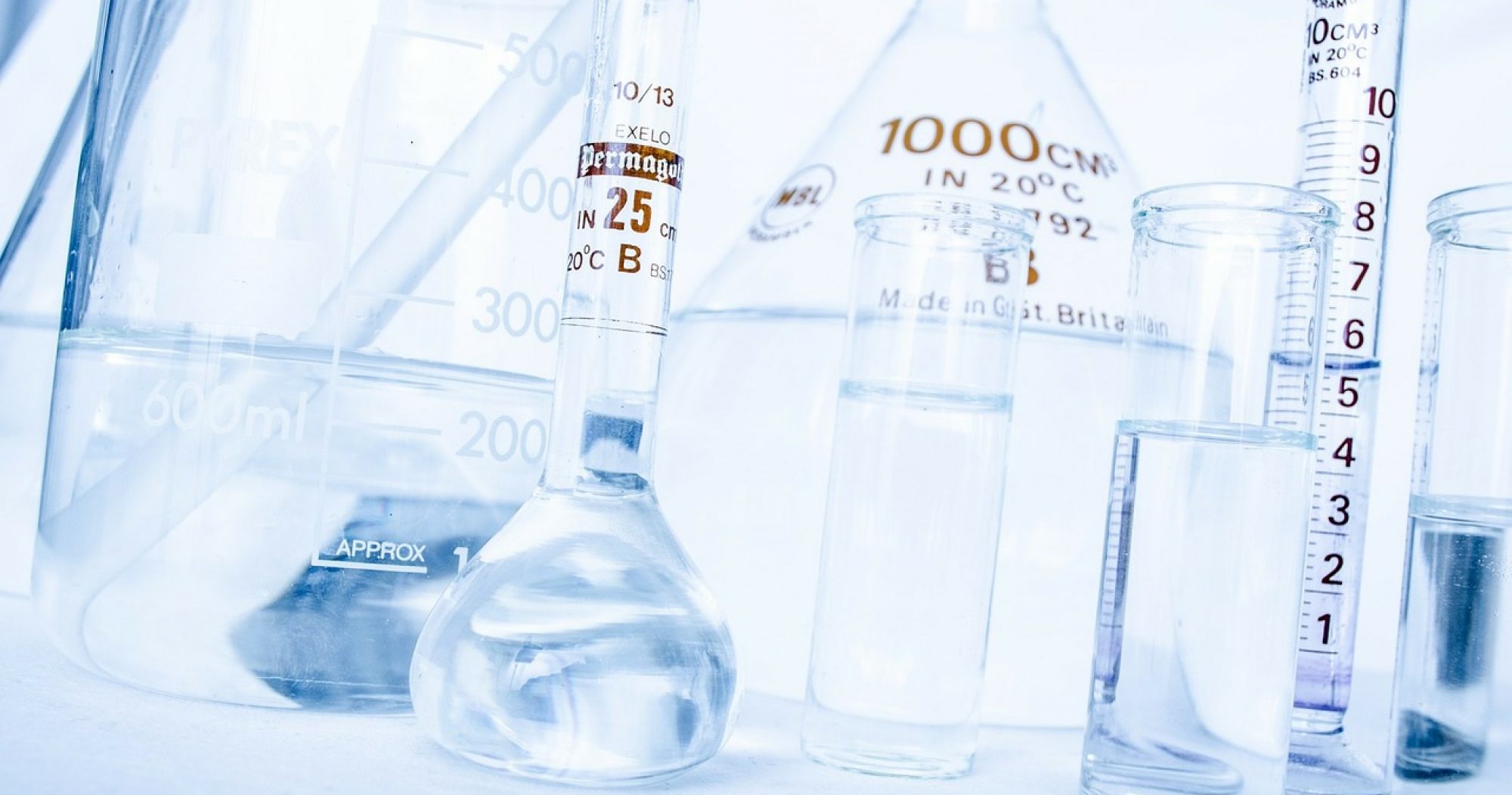Let’s use social media and have some fun with the elements of The Periodic Table. Help us fill in our Blank Periodic Table of Elements with your pictures of examples posted to Instagram, Facebook, or Twitter.
The Rules:
- Take a picture of a single item or scene.
- Tag the picture with the following hashtags:
- #greatelementhunt, #randallscience, #byrampride.
- Do not say which element you are portraying.
- Try to get your followers engaged to guess which element you are trying to portray.
The Picture:
- It should contain only one item or subject that portrays one element. Some of these will be hard so it will take some imagination.
- It can be a drawing or doodle.
- Can not contain text
Let’s use Oxygen as an example
All three of these would be ok, but you can see that the last one may be a little confusing.
Example Post
- All images should be school appropriate.
- Images should not include the faces of students or other personally identifiable information.
- Make sure to ask: “What Element is it?”
- Include the 3 hashtags #greatelementrace #byrampride #randallscience
Is this Graded?
- Each post is worth 2 extra credit points.
- You can earn up to 10 points.











